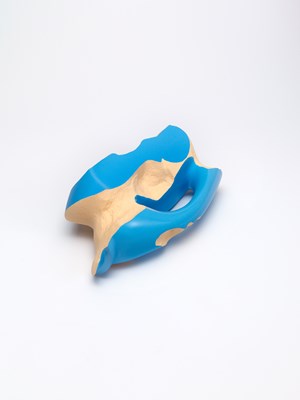
S.M.A.K. presents the second part of The Photographic, a two-part exhibition that applies an expanded notion of photography, from medium to mentality. Whereas the first part, ‘Other Pictures’ (2017-18) examined the power of the still image, ‘Signal or Noise’ takes a diametrically opposite perspective: our gaze is turned inward and the camera becomes a metaphor for the mechanical, partly non-visual processes that underpin our visual culture.
Image: Jean-Luc Moulène, Monsieur propre jusqu’à l’os, 2016, Courtesy the artist and Galerie Chantal Crousel, Paris, Copyright Jean-Luc Moulène / ADAGP
S.M.A.K. presents the second part of The Photographic, a two-part exhibition that applies an expanded notion of photography, from medium to mentality. Whereas the first part, ‘Other Pictures’ (2017-18) examined the power of the still image, ‘Signal or Noise’ takes a diametrically opposite perspective: our gaze is turned inward and the camera becomes a metaphor for the mechanical, partly non-visual processes that underpin our visual culture. The exhibition does not contain any photos in the conventional sense, but looks for intersections with other disciplines such as painting and sculpture, installation and new media. With its selection of works by 14 artists, including some that have been newly commissioned, ‘Signal or Noise’ is marked out as an artistic area of research and experiment.
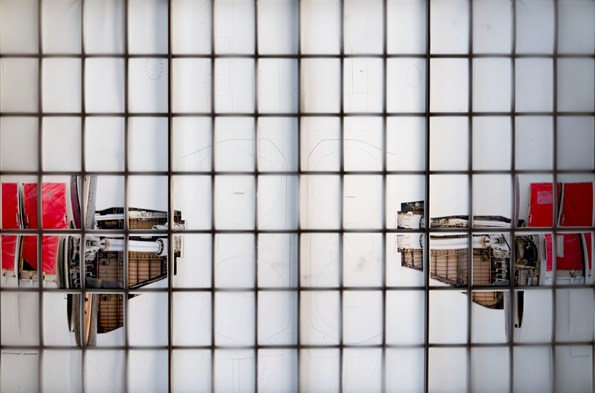
Marina Pinsky, Underbelly (Concorde), 2015/2018, Installation view of the exhibition Dyed Channel, Kunsthalle Basel, 2016, Courtesy the artist and Clearing, New York/Brussels
In a world where images are constantly being supplied and presented, not a single object or body seems able to escape its photographic destiny. We increasingly live with and through images, a cultural condition which we name ‘the photographic’. This ceaseless flow of images multiplies perspectives, fragments our attention and seems to be indifferent to the distinction between original and reproduction, author and user, function and outward appearance, active and passive experience.
As images and their surroundings merge, signal and noise also become interchangeable. The flexible structure of information networks allow all sorts of mutations that compress and disrupt images while the location, date, camera, author, user and their behavioural patterns (click, like, share) are recorded in the form of metadata. Readable and manipulated or non-visual information are increasingly difficult to distinguish from one another and, at the same time, play on our channels of communication. Any notion of transparency appears to be swallowed up in a mass of pixels, bits and algorithms.
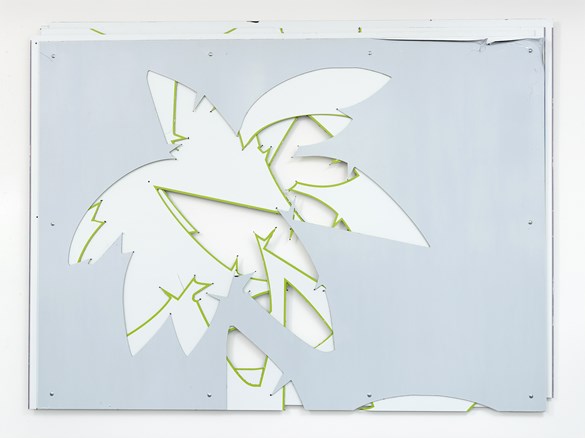
Seth Price, Untitled, 2017, Print-waste from commercial
The works shown display an interest in the actuality and materiality of the image as something accessible, adaptable and opaque. Seth Price and Thomas Ruff were early observers of the changing conditions and implications of the formation of contemporary images with a pixelated aesthetic that acknowledges both the production and distribution of images as elements conveying meaning. The work of Rebecca Quaytman, Louise Lawler and Sharon Lockhart explores and plays on photographic processes and leads their flexibility to extreme, disruptive applications, while Jean-Luc Moulène’s and Hana Miletic’s work feeds back to the social function of photography by way of specific material and production methods.
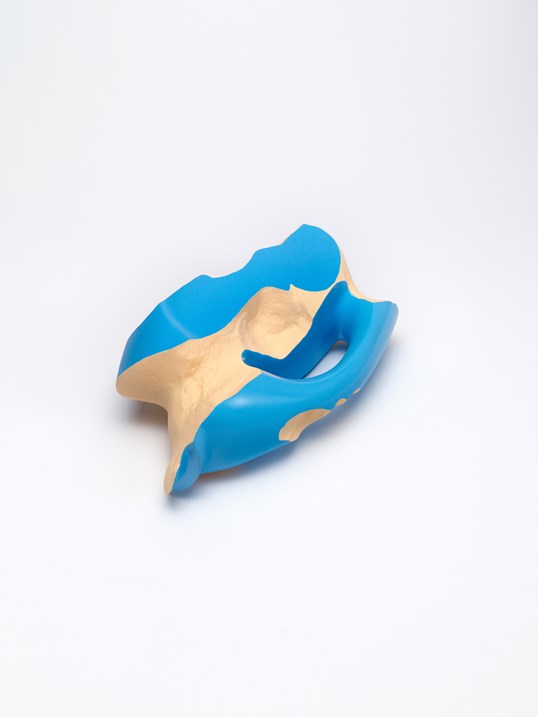
Jean-Luc Moulène, Monsieur propre jusqu’à l’os, 2016, Courtesy the artist and Galerie Chantal Crousel, Paris, Copyright Jean-Luc Moulène / ADAGP
Lastly, the exhibition endeavours to situate ‘the photographic’ as a broader societal phenomenon. Sondra Perry and Lynn Hershmann Leeson examine the relativising and normative effect of visual technology on our subjectivity (e.g. self-image, race and gender). Aaron Flint Jamison shatters another myth of our digital culture by means of a grotesque aesthetics of energy that undermines the immaterial connotations of internet phenomena as the ‘cloud’ and the ‘web’. The innovative and renowned research by Forensic Architecture and David Horvitz’ radical gesture of permanently deleting his digital photo archive during the exhibition both demonstrate that in spite of all these questions there is room for commitment.
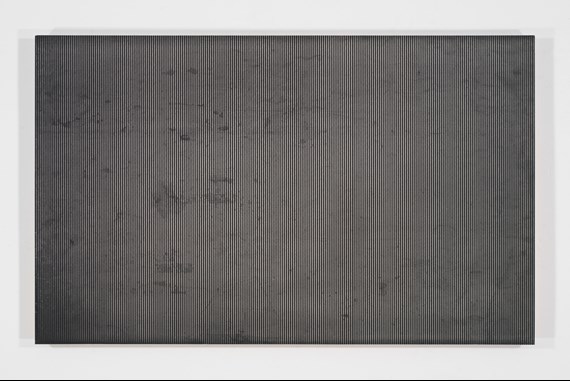 H. Quaytman, Denial Is a River, Chapter 7, 2006, Silkscreen ink, gesso on wood, 50.8 x 82.2 cm, Private collection, courtesy the artist and Miguel Abreu Gallery, New York
H. Quaytman, Denial Is a River, Chapter 7, 2006, Silkscreen ink, gesso on wood, 50.8 x 82.2 cm, Private collection, courtesy the artist and Miguel Abreu Gallery, New York
In keeping with the questioning of the photographic image as something unambiguous and delineated, the works manifest a hybrid quality that transcends medium specificity. In ‘Signal or Noise’, the linear logic prescribed by photography, from the conception to the printing or uploading of an image, is abandoned in favour of an open, experimental and intuitive method that enables underlying mechanisms to reveal themselves. From the virtual to the physical, from the technological to the ideological, from image to object to product: the exhibition is a critical space defined by the artists’ unique positions.
The Photographic II – ‘Signal or Noise’ presents work by Tony Cokes, Forensic Architecture, Lynn Hershman Leeson, David Horvitz, Aaron Flint Jamison, Louise Lawler, Sharon Lockhart, Hana Miletić, Jean-Luc Moulène, Sondra Perry, Marina Pinsky, Seth Price, R. H. Quaytman and Thomas Ruff.

ArtDependence Magazine is an international magazine covering all spheres of contemporary art, as well as modern and classical art.
ArtDependence features the latest art news, highlighting interviews with today’s most influential artists, galleries, curators, collectors, fair directors and individuals at the axis of the arts.
The magazine also covers series of articles and reviews on critical art events, new publications and other foremost happenings in the art world.
If you would like to submit events or editorial content to ArtDependence Magazine, please feel free to reach the magazine via the contact page.